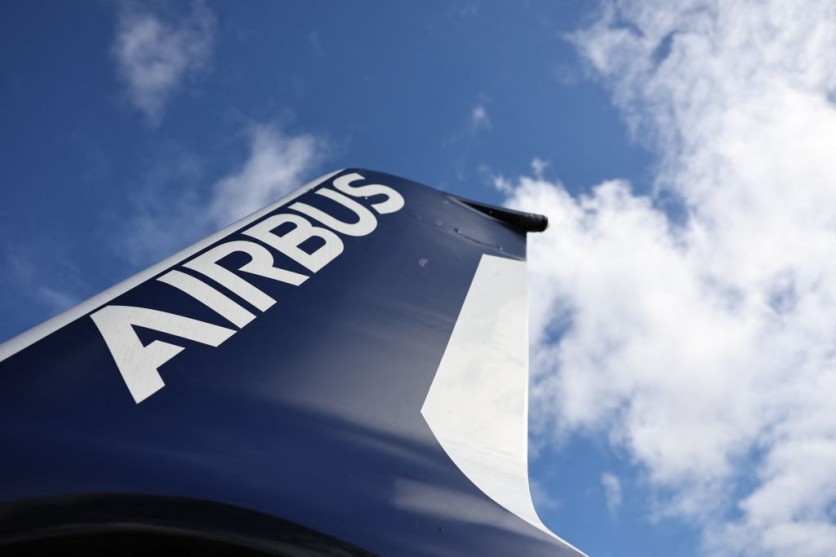To achieve its goal of introducing zero-emission aircraft to the market by 2035, Airbus is developing ways to store hydrogen at an extremely low -253°C. This innovation prompts the creation of cryogenic hydrogen storage tanks.
Airbus is now one step closer to that goal after unveiling its ongoing development of "cold hearts"- the name given to their cryogenic tanks.

Flight by Hydrogen
Airbus said in a news release that two primary technologies allow an airplane to fly directly on hydrogen: using modified gas turbine engines to run an engine with hydrogen combustion or using hydrogen fuel cells to generate electricity.
But the second option allows a hybrid strategy combining the best of both worlds from these technologies.
However, there is a constant at work regardless of these alternatives: hydrogen must be kept extremely cold. The aircraft manufacturer adds that it must be kept at a specific temperature of -253°C during the entirety of the flight, even when the tanks are empty.
For this reason, aircraft storage tanks are a crucial part of the future of hydrogen-powered flying. But they are also difficult to engineer since they are different from those you could find on a conventional airplane.
Read also: Airbus Zephyr Crashed After 64 Days of Flight-Solar Powered Drone Failed to Break Records
ZEDCs
Hence, Airbus built Zero Emission Development Centers (ZEDCs) in Bremen, Germany, and Nantes, France, about 15 months ago. These centers are both leading the development of this technology.
The cold boxes, which handle the gasification of the liquid hydrogen, are made in Bremen, while the tanks are made in Nantes.
"It's a real testament to the teamwork across our sites to see this first tank being manufactured so quickly, " Chris Redfern, head of manufacturing at stZEROe Aircraft, and Head of Propulsion Industrial Architect, said in a statement.
"We want to optimise the tank for greater efficiency and to further reduce its environmental footprint: after all, a zero-emission aircraft needs to be as close to zero emission as possible throughout its whole life cycle."
The next stage, according to the engineers, is to evaluate the prototype critically to further improve the tanks. The team will be gathering valuable data from this prototype to build a second model that can be filled with hydrogen.
The team's key objectives are to increase performance, make the production process simpler, and maximize space. The end goal is to have a tank ready to place in the A380 demonstrator by 2026-2028, but it will take at least a year to create and test this second prototype.
Related Article : Airbus' Zero Emission Development Centre Building Hydrogen Planes on Cryogenic Fuel Research
This article is owned by Tech Times
Written by Jace Dela Cruz
ⓒ 2025 TECHTIMES.com All rights reserved. Do not reproduce without permission.




